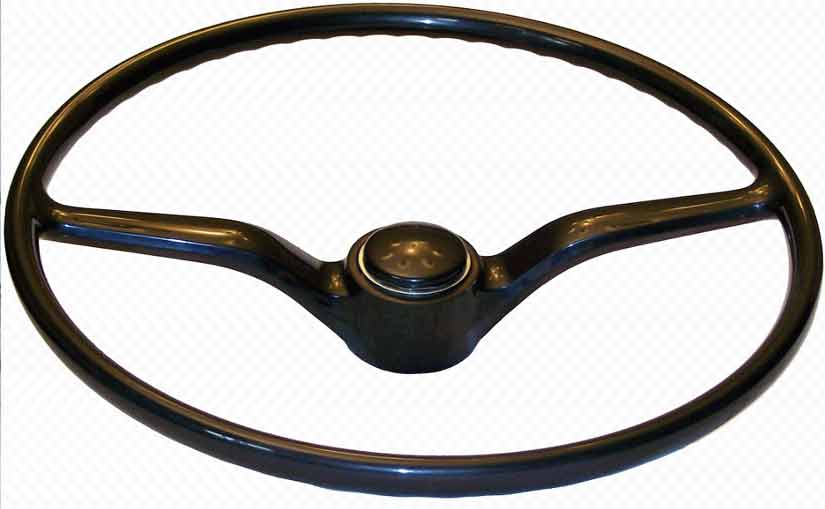Some homeowners may ask, “Why is there dead grass over my septic tank?” The answer is sometimes quite confusing since there can be many reasons why your green healthy grass, suddenly dies around the area of your septic tank. Dead grass over the septic tank may be a sign of system failure, but there are also cases where dead grass may be a good sign which means the septic tank might be working the way it’s supposed to.
As if it’s not confusing enough, dead grass over your septic tank may simply mean that the soil where the grass is rooted is not thick or deep enough to retain the exact amount of moisture it needs to survive. In this article, we will go over the ways to find out what dead grass over the septic tank indicates.
- Hydraulic Failure. This is probably the most common problem with septic systems. This simply means that the septic tank is not able to purify the waste water any longer. This happens when the septic system experiences blockage. Since contents are being prevented to diffuse into the soil, bacteria cannot break them down into safe substances. The ground becomes polluted which eventually causes contamination of the grass surrounding it. This situation can be identified by strong septic tank odors.This problem can be resolved by hiring an approved septic system installer. The installer should have a valid septic removal permit to open the septic tank and determine if it is indeed faulty. The installer may advise you to have the septic tank pumped out.
- Good sign – Septic tank might be doing its job right. Surprisingly, dead grass over the septic tank may mean that the soil is doing a great job in absorbing water from the septic tank, to the point that there is no enough water left for the grass. Liquid wastes flow from the septic tank through the drain fields. If there is green grass growing over the septic tank, it may mean that liquid waste is filling the trenches in the drain field because the soil is too saturated to absorb any more water. So, seeing dead grass over your septic tank may not always mean failure of the septic system.
- Soil Not Deep Enough for Root Structure. It might just be a hot summer, or the layer of soil covering the septic tank may be too shallow for the grass roots to grow. The soil may be too thin that it cannot retain the right amount of moisture to feed the roots and as the roots grow longer it encounters resistance from the septic tank preventing them to access water from the surrounding area. The solution is simply to plant grass using a little more soil over the septic system, 6 inches of topsoil at the least. However, when planting over your septic system, avoid digging too deep and avoid planting plants that are meant to be eaten.
- Bermuda grass, St. Augustine, Centipede grass, Zoysia, Tall fescue, and Buffalo grass are good choices for groundcover since they require little water to flourish and can easily handle most drought conditions.. Avoid watering the dead grass as they may recover in the fall and additional water may reduce the absorption rate of the drain fields.

